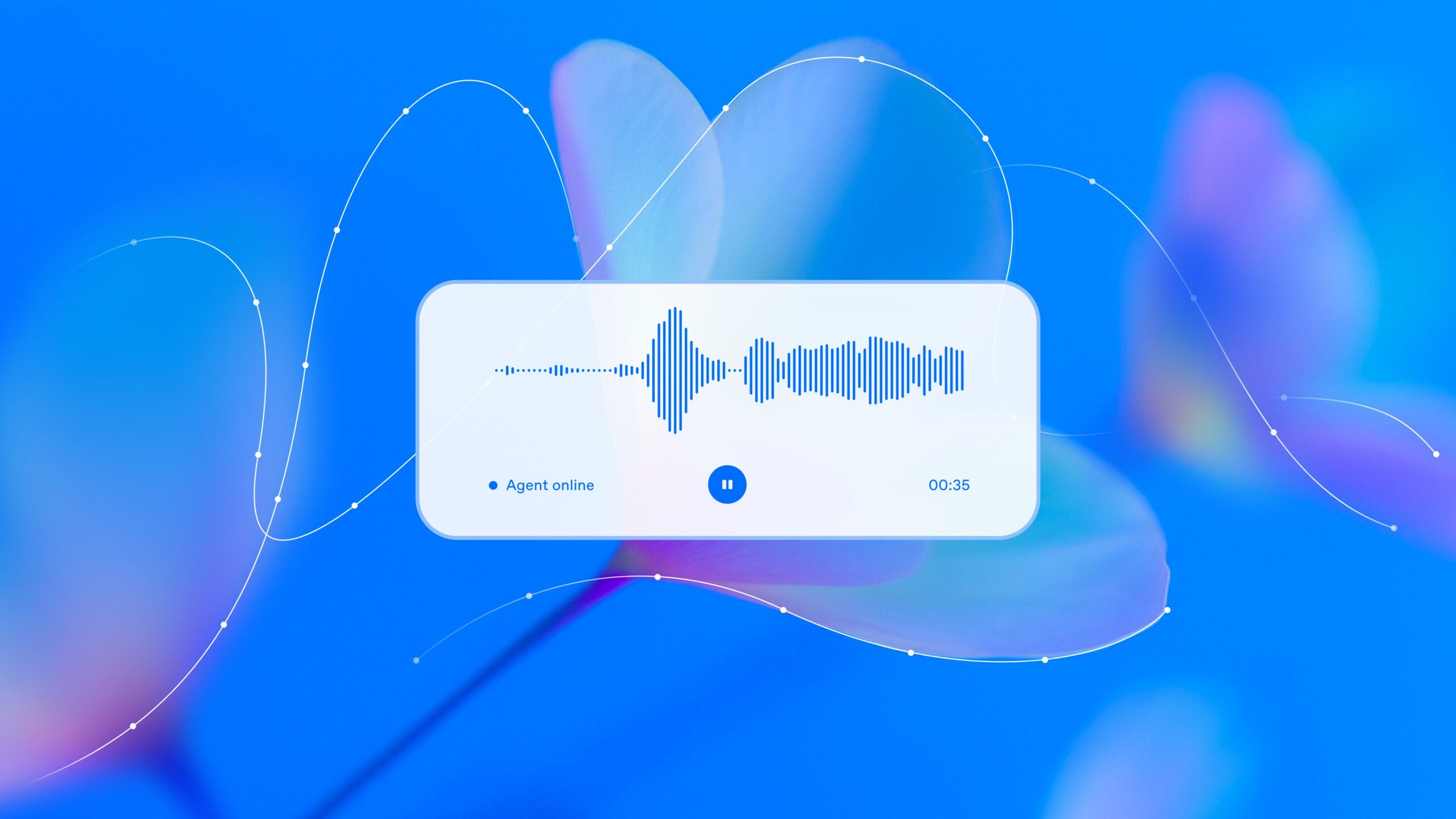Table of Contents
Overview
OpenAI has once again advanced the boundaries of AI with its new gpt-realtime model, a revolutionary speech-to-speech solution designed for production voice agents. Now generally available through the Realtime API, this innovation delivers low latency and remarkably natural, expressive speech, establishing a new benchmark for real-time conversational AI. Developers can now utilize enhanced features including remote MCP support, image input, and SIP phone calling, making it an essential tool for creating highly responsive and intelligent voice applications.
Key Features
gpt-realtime comes equipped with a comprehensive suite of powerful features that significantly elevate its capabilities beyond traditional voice models.
- Natural, Expressive Speech Generation: Delivers human-like intonation and emotion, creating more authentic conversational experiences.
- Enhanced Instruction Following and Function Calling: Improves the model’s ability to understand and execute complex commands while integrating seamlessly with external tools.
- Image Input Support: Enables processing of visual information alongside audio, facilitating richer, multimodal interactions.
- Remote MCP Server Integration: Provides robust infrastructure support for managing and scaling voice agent deployments.
- SIP Phone Calling: Facilitates direct integration with telephony systems, enabling voice agents to make and receive calls.
- Asynchronous Function Calling: Enhances efficiency by allowing the model to initiate tool calls without waiting for immediate responses, improving overall responsiveness.
- New Voices: Cedar and Marin: Expands the range of available high-quality, natural-sounding voices for diverse applications.
How It Works
At its core, gpt-realtime transforms the entire speech-to-speech process by processing audio directly through a single, unified model via the Realtime API. Unlike multi-stage pipelines, this direct approach handles speech input and generates responses with natural intonation in a continuous flow, significantly reducing latency. It intelligently supports tool calls, allowing voice agents to interact with external services, and incorporates image inputs for multimodal understanding. Furthermore, its robust phone integrations enable real-time voice applications to seamlessly connect with traditional communication channels, creating a truly integrated experience.
Use Cases
The versatility of gpt-realtime opens extensive possibilities across various industries, transforming how we interact with AI.
- Customer Support Voice Agents: Provides immediate, natural-sounding assistance, improving customer satisfaction and reducing wait times.
- Personal Assistants: Creates highly responsive and intelligent virtual assistants capable of understanding complex commands and performing tasks in real-time.
- Educational Tools: Develops interactive learning experiences with AI tutors that can engage students in natural conversations.
- Real-time Translation Services: Facilitates instant spoken language translation, breaking down communication barriers in global interactions.
- Voice-enabled Applications with Tool Integration: Powers innovative applications where voice commands trigger actions in other software or hardware, from smart home devices to complex enterprise systems.
Advantages \& Considerations
Advantages
gpt-realtime offers significant benefits for developers and users, advancing the boundaries of conversational AI.
- Low Latency: Delivers near-instantaneous responses, essential for natural-feeling conversations.
- Natural Speech: Generates highly expressive and human-like speech, enhancing user experience.
- Strong Instruction Following: Excels at understanding and executing complex commands and function calls.
- Versatile Integrations: Supports image input, remote MCP, and SIP phone calling for broad applicability.
- Cost Efficiency: Streamlined architecture and improved efficiency can lead to reduced operational costs for voice agent deployments.
Considerations
While powerful, gpt-realtime also presents certain considerations that developers should be aware of.
- Developer Implementation Required: Implementing and integrating the API requires technical expertise and development resources.
- Privacy Considerations with Voice Data: Handling sensitive voice data necessitates robust privacy protocols and compliance measures.
- Language and Voice Limitations: Availability of languages and specific voices may be restricted, though new voices like Cedar and Marin are being added.
How Does It Compare?
When evaluating gpt-realtime against the current voice AI landscape in 2025, its direct speech processing architecture and comprehensive feature set provide distinct advantages.
Compared to Specialized TTS Providers: Unlike platforms such as ElevenLabs (\$0.08/minute), which excel specifically in voice synthesis and cloning, gpt-realtime (\$0.40-0.64/minute) offers a complete speech-to-speech solution with reasoning capabilities. While ElevenLabs provides superior voice customization with 32 language support, gpt-realtime integrates conversation understanding, tool calling, and multimodal input in a single API, making it more suitable for complex interactive applications.
Compared to Traditional Conversational AI: Against platforms like Google Dialogflow (\$0.045/request) or Amazon Lex (\$0.004/request), gpt-realtime’s unified approach eliminates the typical multi-component pipeline of speech-to-text, natural language processing, and text-to-speech. This integration results in superior latency reduction and more natural conversational flow, though traditional platforms may offer broader language support and deeper enterprise integration options.
Compared to Enterprise Voice Solutions: Microsoft Azure Speech Services (\$1/hour) provides extensive enterprise features and supports 100+ languages, making it strong for large-scale deployments. However, gpt-realtime’s strength lies in its real-time interactive capabilities and advanced reasoning, making it more suitable for dynamic, context-aware voice agents rather than basic transcription or synthesis tasks.
Unique Value Proposition: gpt-realtime stands as the only platform combining end-to-end speech processing with advanced reasoning, image understanding, and real-time tool integration, positioning it uniquely for sophisticated voice agent applications that require contextual understanding and dynamic responses.
Final Thoughts
gpt-realtime represents a significant advancement in conversational AI, offering an unprecedented combination of low latency, natural speech, and robust integration capabilities. Its unified processing model and advanced features empower developers to create sophisticated and responsive voice agents that can transform customer service, personal assistance, and numerous other applications. While requiring developer expertise and careful consideration of data privacy, the benefits of deploying gpt-realtime for production voice agents are substantial, positioning it as a leading solution in the evolving landscape of real-time AI interactions. For organizations seeking to build advanced voice agents with reasoning capabilities and multimodal understanding, gpt-realtime offers a compelling and innovative solution that goes beyond traditional speech processing tools.
https://openai.com/index/introducing-gpt-realtime/